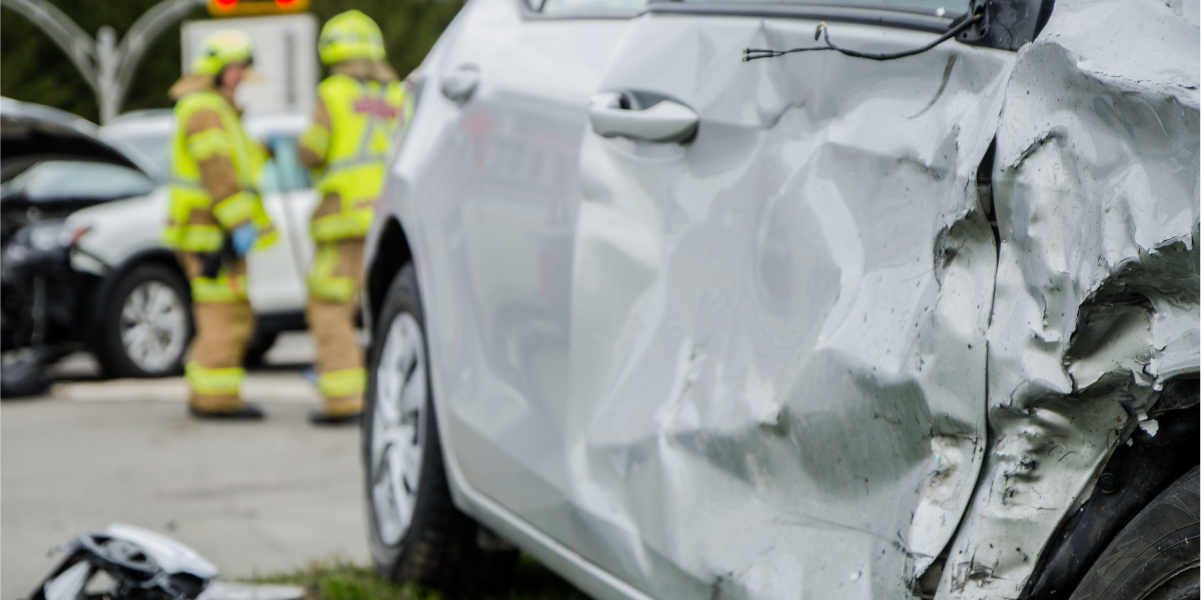It is probably no surprise to a lot of drivers that a tractor-trailer truck has many blind spots that impair a truck driver’s ability to see a car when the car is in that “blind spot”. It is every truck driver’s responsibility to have some knowledge and respect for where these blind spots are when driving these massive trucks.
When sharing the road with a tractor-trailer, it is important to have respect for the size and destructive capability of these trucks, an attitude which can prevent commercial trucking accidents and reduce serious injuries and fatalities.
Even though truck drivers undergo extensive training so that they are theoretically more qualified to drive than the average motorist, they are still only capable of making decisions under circumstances that they can control. Commercial truck drivers are in control of a vehicle that can be 70-80 feet in length and has extremely limited visibility on both sides and to the rear and the front of the vehicle. This makes driving these rigs extremely dangerous unless the driver is extremely diligent and alert.
The Federal Motor Carrier Safety Administration (FMCSA) has been educating those on the roadways about how to drive safely on the roads with trucks since 1994. One of the programs implemented by the FMCSA is called the No-Zone program. No-Zones are the areas where cars on the road are invisible from a truck driver’s view. Part of the rationale for this program is that non-commercial vehicle causes about 80 percent of the accidents involving trucks and cars.
Here are the positions of the blind spots on a tractor-trailer truck:
Front: The driver sits so high in the cab of a truck that he cannot see down below the front of the truck. Drivers of passenger vehicles should avoid allowing a truck to drive too close behind them because the tractor-trailer may get so close that your car will move out of the truck driver’s line of sight.
Back: The commercial truck driver cannot see immediately behind the commercial truck either. If you cannot see the driver in his rearview mirrors, then he cannot see you. If he stops quickly, there is a high probability that you may rear-end him.
Sides: Tractor-trailers are so long that it becomes impossible to avoid all the blind spots on the sides of the truck. If you drive along the side of a commercial truck that changes lanes or takes a turn, the truck driver may not see you.
When a truck makes a right-hand turn, it can be especially dangerous because the truck driver may swing the truck to the left in order to make the turn wide. This may cause the truck to come over into your lane so that if you are driving beside it the truck may push you off the road.
Here are some tips on staying safe around truck drivers:
- Do not drive along the side of a tractor-trailer truck and stay there. A driver should pass quickly or back off if the driver cannot get by in a safe, quick manner. If you can see the driver in his side mirror, then he can see you.
- If you are passing, then you should pass on the left. The blind spot on the right is much larger than the one on the left side.
- Do not cut trucks off. If a tractor-trailer is cut off, it may not have enough time to stop.
- Do not follow too closely behind a truck. It is advisable to leave a distance of 20-25 car lengths. If you cannot see both mirrors of the truck, then you are following too close.
If you or someone you love suffers serious injuries or is killed in an Augusta trucking accident, the compassionate team of attorneys at Montlick Injury Attorneys may be able to help you seek the compensation necessary to obtain medical and rehabilitative care and to compensate you for your medical bills, lost wages, and pain and suffering. Sometimes in these cases, punitive damages can also be recovered to punish a defendant for particularly egregious conduct.


